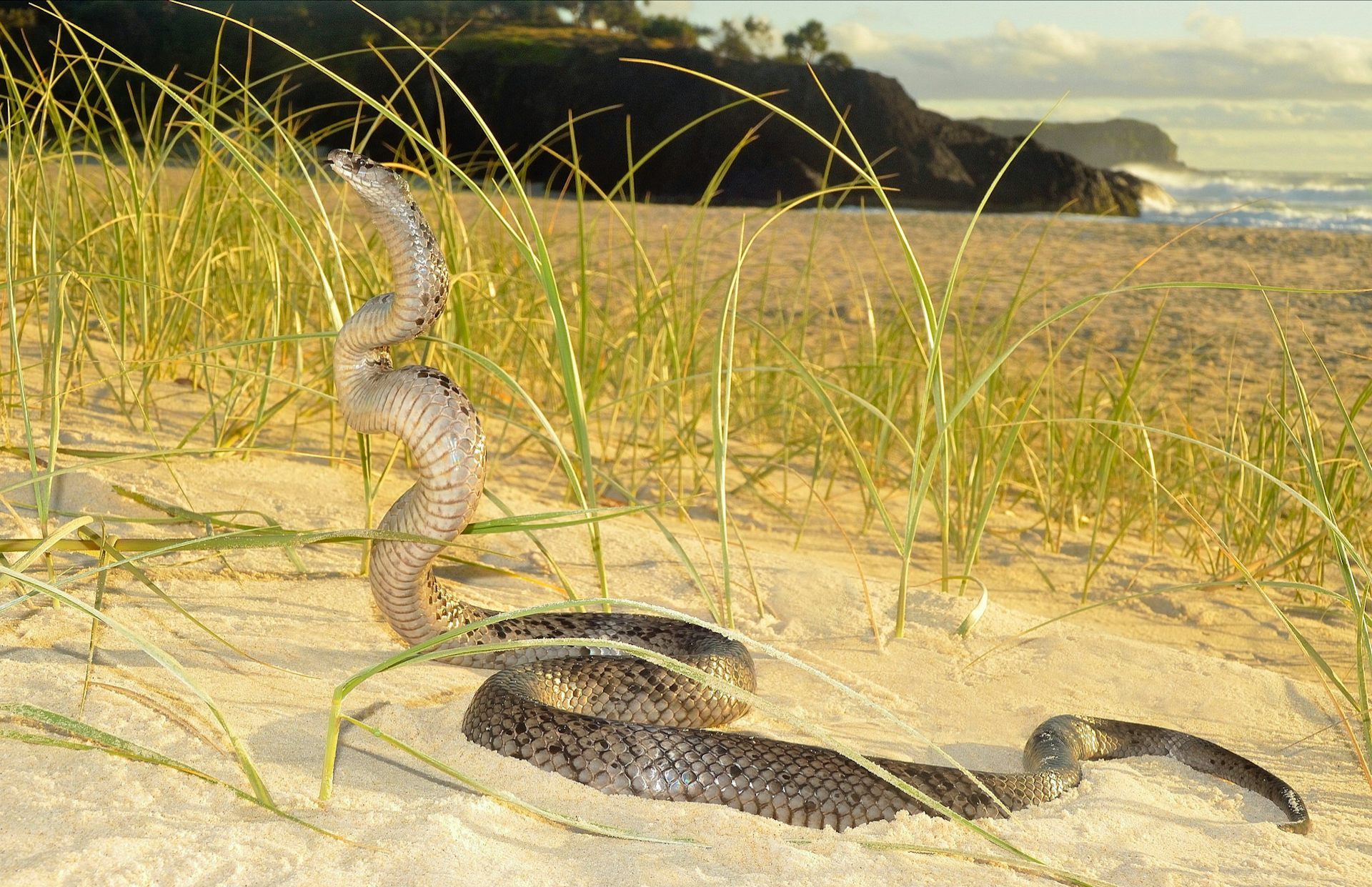Introduction
Tiger snakes are amongst one of the most venomous serpents in Australia, known for their aggressive nature and powerful poison. Coming across a tiger serpent can be a startling experience, particularly if you're not aware of exactly how to respond in situation of a bite. This thorough overview is designed to furnish you with important expertise on what to do in case of a tiger serpent bite, ensuring your security and giving you the self-confidence to act decisively.
What to Do in Case of a Tiger Snake Bite?
A tiger serpent bite is a medical emergency that requires immediate activity. If bitten, comply with these steps:
Stay Calm: Panic can raise your heart price, triggering the poison to spread quicker through your bloodstream. Call for Help: Dial emergency solutions immediately or have someone take you to the nearby hospital. Immobilize the Influenced Limb: Keep the bitten limb as still as feasible; immobilization reduces poison circulation. Remove Tight Clothes or Jewelry: As swelling might take place, it's vital to remove anything that can constrict blood flow. Do Not Apply Ice or Tourniquets: These approaches can create more harm than excellent by harming tissue and limiting blood flow. Monitor Symptoms: Monitor any type of signs like trouble breathing or loss of consciousness.Understanding the Tiger Snake
Habitat of the Tiger Snake
Tiger snakes are generally discovered in coastal and inland areas across southerly Australia, consisting of Tasmania. They like habitats such as wetlands, swamps, and grasslands where they can find adequate food resources like frogs and little mammals.
Are Tiger Snakes Venomous?
Yes! Tiger serpents possess highly hazardous poison that can result in severe illness or fatality if not treated immediately. Their venom consists of neurotoxins that impact the nerves, causing paralysis and various other important symptoms.
First Aid for Snake Bites: Vital Knowledge
Recognizing a Snake Bite
A snake bite can in some cases be challenging to identify quickly. Seek:
- Two leak wounds Swelling around the bite area Pain or tenderness Discoloration
Symptoms After a Tiger Snake Bite
After being attacked by a tiger serpent, sufferers might experience:

- Nausea Vomiting Abdominal pain Weakness Difficulty breathing
First Aid Procedures for Snake Bites
1. Immobilization Techniques
It's crucial to maintain the affected limb paralyzed using splints or bandages.

2. Compression Bandaging
Using a stretchable bandage can assist slow down poison spread yet must not be as well limited-- inspecting flow is crucial.
Snake Bite First Aid Set Essentials
To manage emergency situations effectively, having a well-stocked emergency treatment package is critical. Right here are things every snake bite first aid package must consist of:
|Item|Description|| ---------------------------|------------------------------------|| Compression bandages|For immobilization|| Triangular plasters|To develop slings|| Scissors|For reducing garments|| Disinfectant wipes|To cleanse the injury|| Emergency contact numbers|For fast access throughout an emergency situation|
Understanding Various Types of Snakes in Australia
Eastern Tiger Serpent vs Tasmanian Tiger Snake
While both are rough scaled snake venomous kinds come from the same household, recognizing their distinctions can be crucial:
- Eastern tiger snakes are usually much more hostile than their Tasmanian counterparts. Coloration differs from olive-green to brown hues.
Other Poisonous Serpents in Australia
Australia hosts a variety of unsafe snakes:
- King Brownish Snake Eastern Brown Snake Common Death Adder
Knowing these types will Snake Identification certainly improve awareness when passing through Australian landscapes.
Safety and Avoidance Tips
How to avoid Snake Bites?
Wear safety garments when hiking. Stay on established trails. Avoid tall yard and dense underbrush where serpents might reside. Be careful while managing logs or rocks.What Must You Do If You Experience a Snake?
If you see a snake:
- Remain calm and retreat slowly. Do not try to take care of or provoke it.
FAQs Concerning Tiger Snakes
1) What ought to I do initially if bitten by a tiger snake?
Immediately ask for emergency help and debilitate the damaged arm or leg without applying ice or tourniquets.

2) The length of time does it take for signs and symptoms to show up after being bitten?
Symptoms could manifest within mins but can vary between individuals; it's important not to postpone treatment despite symptom onset.
3) Can I apply ice on a snake bite?
No, applying ice may cause more tissue damage; rather, focus on keeping the limb still and obtaining clinical attention.
4) Are child tiger snakes much less dangerous than adults?
While baby tiger serpents have less poison generally, they are still with the ability of supplying significant bites and ought to be treated with caution.
5) How effective is antivenom against tiger serpent bites?
Antivenom is extremely efficient when carried out promptly after envenomation; prompt medical focus considerably enhances survival rates.
6) Is it secure to draw out venom from a serpent bite?
No! Sucking out the poison is inadequate and can get worse injury; it's important only to seek specialist medical treatment.
Conclusion
In case you ever find yourself faced with what appears like an unfavorable incident involving a tiger snake bite, remember this guide on "What to Do in Case of a Tiger Snake Bite: Comprehensive Emergency Treatment Guide." Understanding really is power when it comes down to preventing Bite site immobilization deaths from such experiences! Always focus on seeking prompt clinical help while carrying out basic emergency treatment measures-- your quick activities might potentially save lives!
Stay familiar with your surroundings while appreciating nature's elegance so that you remain secure in atmospheres where these magnificent animals roam freely!